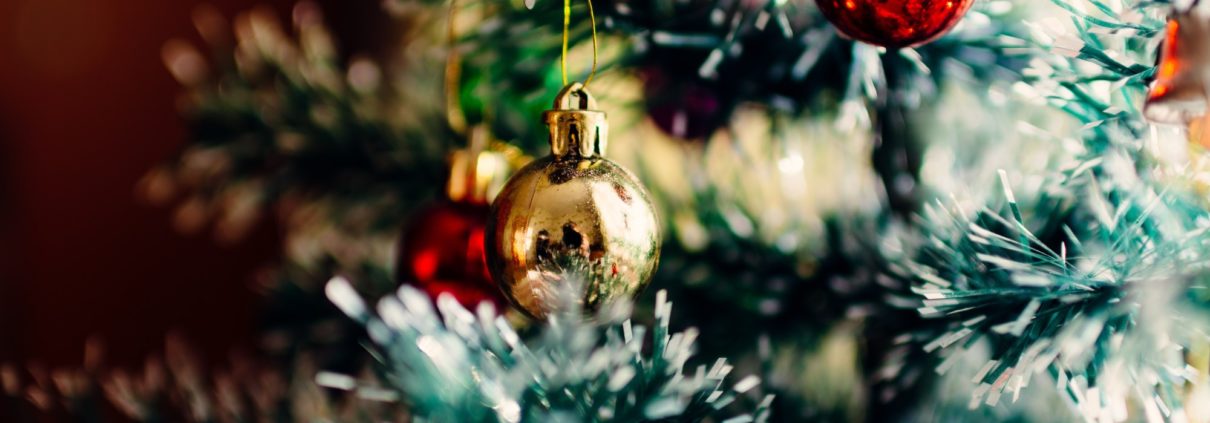Why Do We Use Green Pine Trees for Christmas?
Ready to celebrate Christmas?
The Christmas holidays are always great bonding moments for your family. One of the most important symbols of Christmas is the green pine trees used as Christmas trees. But how did they come to be?
Don’t let go of that question yet.
With this guide, you’ll learn how the green pine tree became the Christmas tree symbol. You’ll also learn about some types of Christmas trees you can use for your home. Read on and find out more:
Who Brought Christmas Trees to America?
Most Americans in the 19th century found Christmas trees odd. The first record of a Christmas tree on display was in the 1830s. These are trees used by the German settlers that made Pennsylvania their home, but German homes already had this tradition earlier.
After all, the German settlements within this region had Christmas trees as early as the late 1740s. But most Americans as late as the 1840s saw Christmas trees as paganistic. That’s why most of them didn’t accept these as symbols of Christmas.
How Did Americans Receive Christmas Trees and Other Customs?
Since Americans at that time saw Christmas trees as pagan symbols, it’s unsurprising why the country took so long before they adopted it. For example, some influential religious figures preached that Christmas trees and other traditions like Christmas carols as “heathen traditions” that defile the sanctity of Christmas. It got to the point that even the General Court of Massachusetts made a law that made anything other than church services on December 25 a penal offense.
That means people got fined for simple activities like hanging decorations. This type of stern solemnity persisted until well into the 19th century. The constant influx of both German and Irish immigrants served to undermine the legacy of the Puritans.
When Did Christmas Trees Become Popular?
Queen Victoria’s popularity with her subjects made the Christmas tree fashionable. This extended beyond Britain since the East Coast American Society adopted it with open arms.
By the 1890s, Christmas trees are rising in popularity in the United States, with ornaments from Germany arriving in the country. While Europeans used four-foot-tall trees, Americans preferred cutting pine trees that reach their ceiling.
In the early 20th century, Americans decorated their trees using homemade ornaments. Those with German heritage continued using apples, marzipan cookies, and nuts. Later on, they added popcorn since they can dye it with bright colors.
When electricity got discovered, it introduced Christmas lights somewhere down the line. This made it possible for the trees to glow for days. With that, having a Christmas tree at home became a full-fledged American tradition.
What is the Best Green Pine Tree Species for Christmas?
There are many species of pine trees reside within the United States. They’re evergreen conifers, and they’re the most common coniferous trees across the globe. Here are some great options for Christmas trees:
1. White Pine
This tree grows bundles of needles. It has this bluish-green hue with pointed tips, with flexible branches that give little to no aroma. If you’re planning to use this as a Christmas tree, avoid using heavy or large ornaments since its branches aren’t that strong.
If you plan to make an outdoor Christmas tree that can last for generations, the white pine is a great choice.
It’s because it’s the largest pine in the countries, with mature trees growing to heights of up to 230 feet tall. It can also live up to 400 years, meaning your succeeding generations can enjoy this tree, especially when they employ proper cutting and trimming techniques.
2. Scotch Pine
Also known as the Scots pine, this pine tree is another great option as a Christmas tree. It has dark green foliage and sturdier branches compared to white pine. This makes it a perfect tree if you want to go all-out with your Christmas lights and ornaments.
Scotch pine trees aren’t as tall as white pines since they can only grow up to 115 feet tall. Their needles change colors, from blue-green to darker green during the winter months. It also grows in fascicles of two.
If you want a pine tree with long-term needle retention, the scotch pine is your best bet. This means you need not clean as much when Christmas concludes. Depending on your preferences, this tree also has this medium aroma.
3. Virginia Pine
This pine tree is easy to identify because it has short, twisted needles that grow in pairs. This pine tree has short branches but it has denser foliage. This makes it responsive to trimming.
Among the trees on this list, the Virginia pine is the smallest. It’s because it’s a small to medium-sized tree that can only grow up to 70 feet tall. If you have limited spaces in your home, this tree can brighten it up.
How to Choose the Best Christmas Tree for Your Home
Now you know some types of pine trees, you now have a better idea of how they can affect your choices. Here are some tips to get the most out of your investment this Christmas:
1. Check Your Home Location
To get the right indoor Christmas tree, you must ensure that there’s a six-inch gap between the tree top and your ceiling. If you want a tree topper, double this gap. This means getting a 7-foot tree if you have standard 8-foot ceilings.
2. Consider the Angles
Look at the tree from a few vantage points, preferably 5-8 feet away. Ensure that the trunk is as straight as possible. At the same time, it must not stand out from the foliage.
Get Your Christmas Tree Today!
These are some of the things you must know about green pine Christmas trees. Use these to ensure you get the best trees around.
Do you need help with your Christmas tree? If so, contact us today and let’s talk.



